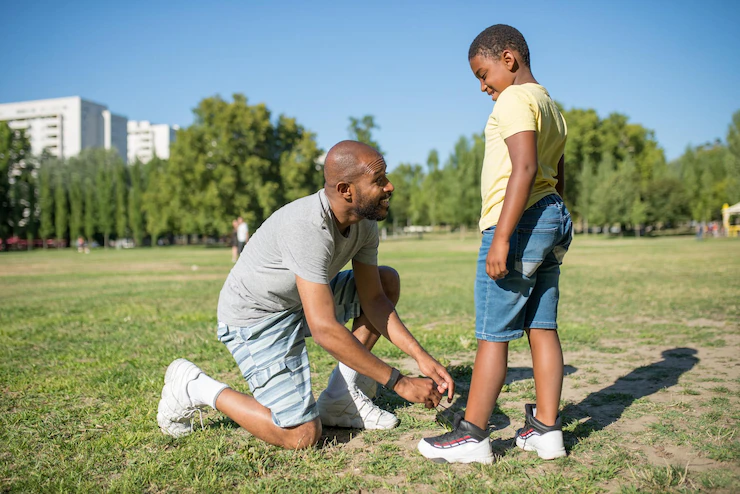In today’s fast-paced world, it’s more important than ever to teach children the skills of mindfulness and self-awareness. These essential tools not only promote their overall well-being but also play a crucial role in ensuring their safety. Mindfulness helps children develop an understanding of their emotions, thoughts, and surroundings, enabling them to make informed decisions and stay safe in various situations. By encouraging children to cultivate mindfulness and self-awareness, parents and educators can empower them with valuable skills that will benefit them throughout their lives.
What is Mindfulness?
Mindfulness is the practice of being fully present and engaged in the current moment, without judgment. It involves paying attention to one’s thoughts, feelings, bodily sensations, and the environment around them. When children are mindful, they are aware of their experiences and can respond to them in a calm and thoughtful manner.
Promoting Mindfulness for Safety
- Teach Breathing Techniques: Breathing exercises are a simple yet effective way to help children become more mindful. Teach them to take slow, deep breaths in tense situations, allowing them to calm their minds and bodies. This technique can be especially helpful in moments of fear or panic, helping children think clearly and make safer choices.
- Encourage Sensory Awareness: Encourage children to engage their senses and pay attention to their surroundings. Help them notice the sounds, smells, textures, and colors in their environment. This heightened sensory awareness allows them to be more alert to potential dangers and make informed decisions.
- Develop Emotional Intelligence: Emotional intelligence is the ability to understand and manage one’s emotions and empathize with others. By fostering emotional intelligence in children, they become more self-aware and better able to assess potentially risky situations. Encourage them to identify and express their emotions in a healthy way, promoting open communication and emotional resilience.
- Practice Body Awareness: Teach children to tune in to their bodies and notice physical sensations. This awareness enables them to detect signs of discomfort or danger, such as pain or tension, and seek help or remove themselves from unsafe situations. Regular physical activities, such as yoga or martial arts, can also help children develop body awareness and enhance their overall mindfulness.
- Cultivate Mindful Decision Making: Help children understand the importance of thoughtful decision-making in keeping themselves safe. Encourage them to pause, reflect, and consider the consequences before acting impulsively. By teaching them to assess risks and make conscious choices, they become more equipped to navigate potentially dangerous situations.
- Practice Gratitude and Kindness: Mindfulness involves cultivating a positive mindset and appreciation for the present moment. Teach children to express gratitude for the people, things, and experiences in their lives. Engaging in acts of kindness and compassion also fosters mindfulness by encouraging children to be aware of the needs and well-being of others, promoting a safer and more supportive environment.
- Set a Positive Example: Children learn by observing their parents, guardians, and teachers. Model mindful behavior by practicing what you preach. Show them how to stay focused and attentive, manage stress, and handle conflicts peacefully. Your own mindfulness practices will inspire them to adopt similar strategies and make safety-conscious choices.
Conclusion
In a world filled with distractions and potential hazards, teaching children the skills of mindfulness and self-awareness is vital for their safety. By promoting mindfulness, parents and educators empower children to navigate their surroundings with a clear and focused mind, enabling them to make informed decisions and avoid risky situations. These valuable tools will not only enhance their safety but also contribute to their overall well-being, equipping them with lifelong skills for a fulfilling and mindful life.










